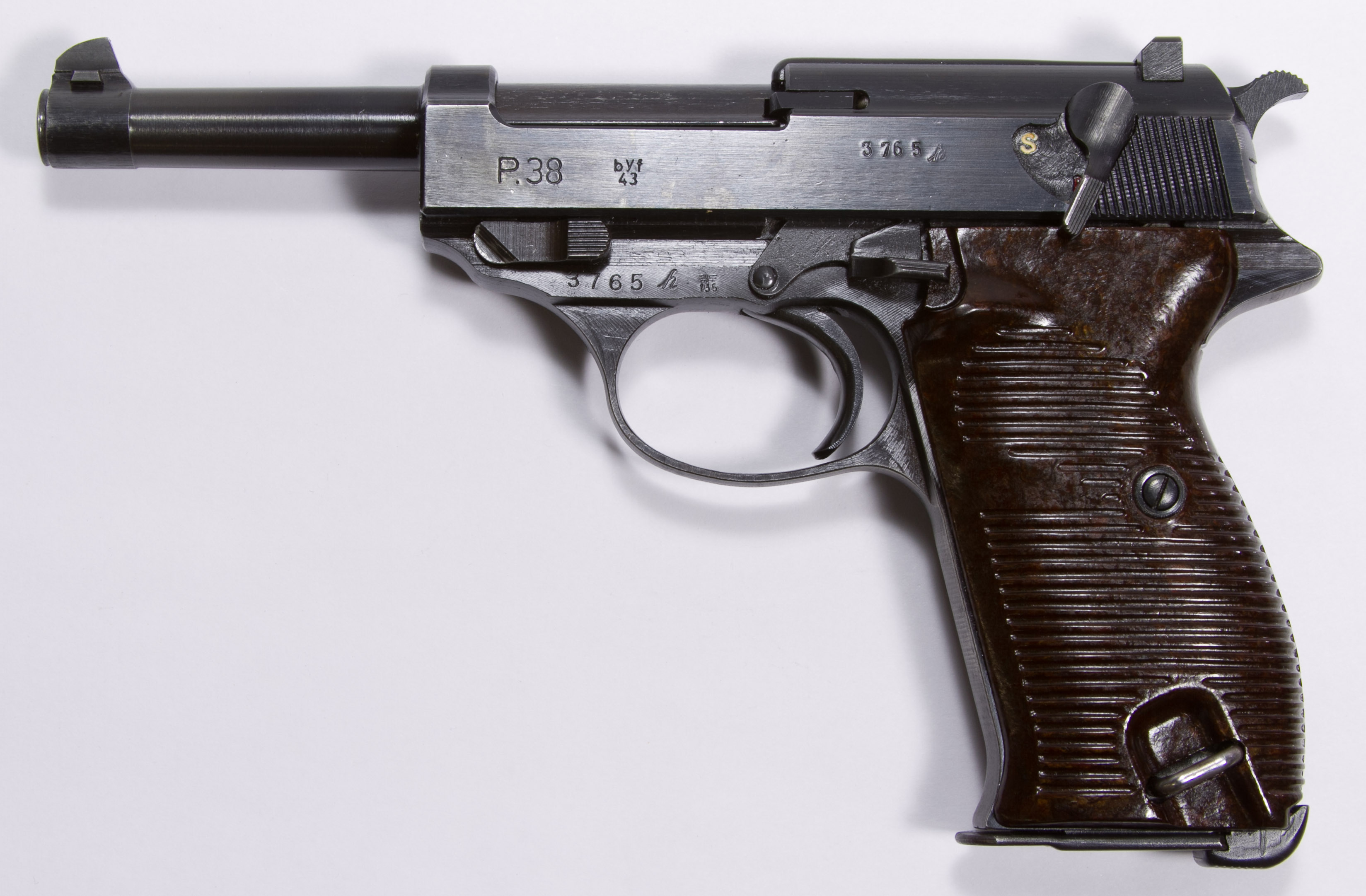

The left side of the frame is marked “256” and with an “Eagle over 359” Waffenamt (Inspection Mark used at Walther).

Markings: The left side of the slide is marked “P.38”, “ac / 43” and “256”, which identifies the slide as having been made in 1943 by Walther. Year of Manufacture: 1943 Walther P38 Price GuideĪction Type: Single or Double Action Semi-Auto with Removable Magazine. Or, is it simply a mis-matched Spreewerke gun, and therefore of lesser collector value than standard versions? Spreewerke cyq marked P-38, serial no 1780 O, 9mm. In terms of mechanical assurances, this stamp is the most important on the weapon.'P.38' - '480' - serial number: Finish: Re-finished: Grips: black-brown Bakelit grips with horizontal lines: Serial number: 4-digit number left on frame. In order to obtain this certification, the firearm must successfully fire two rounds of ammunition that have been loaded 30% hotter than the accepted maximum caliber specification. The N stands for nitrocellulose and as you may have guessed, means that the firearm has been approved for safe use with nitrocellulose-based gunpowder.


The eagle is a federal insignia in Germany and in this case is indicative of the firearm’s acceptance according to government standards. The first stamp we will discuss is the “eagle over N” that is consistent on all German firearms. Over the years, the specific proof stamps employed by German manufacturers have varied somewhat (especially during and after World War Two), but the markings have remained fairly consistent for most of the past half-century. Though the measures seem heavy handed, collectors largely believe that the regulations did improve the overall quality of European arms in the latter half of the 19 th century. Intended to help guarantee the quality of firearms produced in each nation, proof laws laid forth a set of standards that gun manufacturers must adhere to in order to market their products. Though the European tradition of compulsory proofing (and subsequent marking) dates back to the English Gun Barrel Proof Act of 1868, Germany did not adopt a similar law until 1891. Officially, these markings are known as proof marks or proof stamps.


 0 kommentar(er)
0 kommentar(er)
